Mangroves stabilize coastlines, shielding communities from erosion and storm damage. Their extensive root systems act as natural barriers, reducing the impact of waves and protecting coastal infrastructure.
Healthy mangroves promote sustainable tourism, preserving natural ecosystems while boosting local economies. Tourists are drawn to their beauty and biodiversity, supporting livelihoods through activities like eco-tourism and recreational fishing.
Mangroves sequester large amounts of carbon dioxide, with one mangrove tree removing 308 kg of CO2 over its growth life. They play a crucial role in mitigating climate change impacts by storing carbon in their biomass and sediments, helping to regulate global carbon cycles.
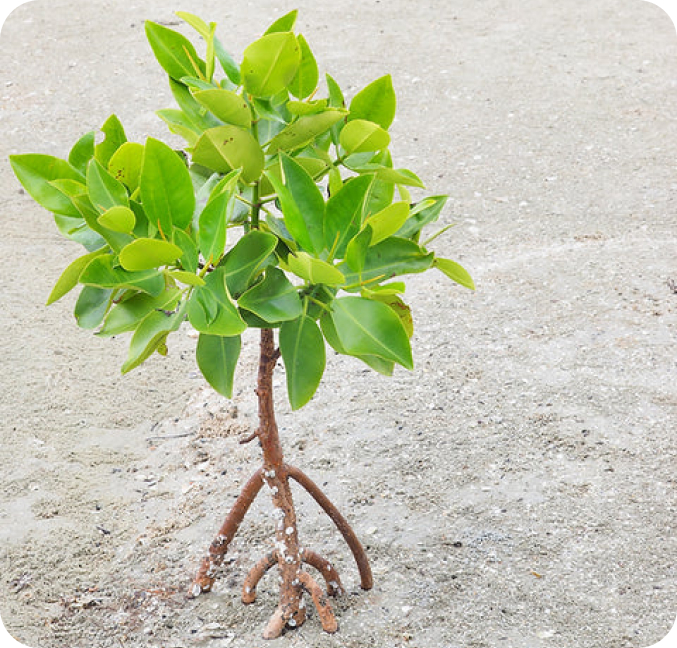
Carbon sequestration by these trees over their lifetime (25 years)
Mangroove Trees Planted
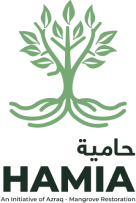


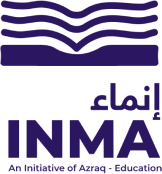

Mangroves in the UAE support a wide array of birds and aquatic animals. These intricate ecosystems provide vital habitats for numerous species, including oysters, phytoplankton, sponges, crabs, flamingos, and many others. With over 110 species found within the UAE’s mangrove forests, they play a crucial role in maintaining the region’s rich biodiversity. Mangroves in the UAE are home to a variety of rare and migratory bird species, of which several are mentioned in the IUCN Red List, contributing to the ecological richness of the wetlands.
The primary type of mangrove tree found in the UAE is the grey mangrove (Avicennia marina). This species is well-adapted to the high salinity and harsh environmental conditions of the region’s coastal areas.
You will be funding the planting of one million mangrove trees in coastal areas of the UAE. The project aims to revitalize the environment, support local communities, and combat climate change. Restoration of mangroves is crucial, especially after recent environmental challenges Through mangrove planting, AZRAQ and its partners are helping to restore the UAE’s coastal and marine ecosystems to health, preserving these vital habitats and supporting environmental sustainability.
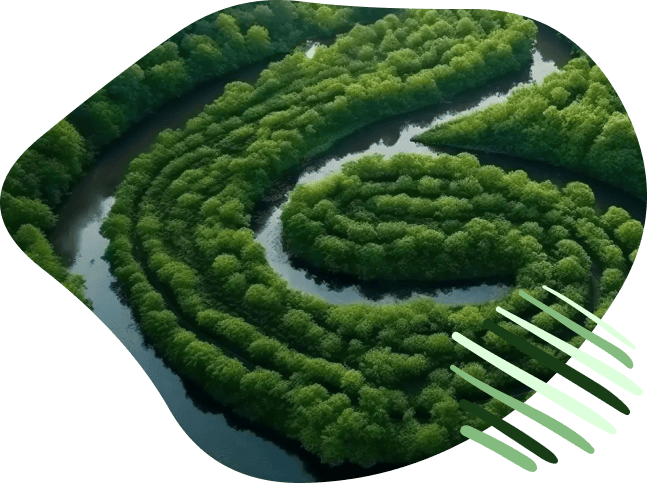
Harvest the seeds from the forest as close to the planting location as possible between the months of July and September.
Plant the seeds in pots between the months of July to September
Grow and nurture the seeds into sapling trees which take 6 months
Planting the Sapling tree from February onwards. We follow the planting principles of Biomimicry to replicate the existing mangrove ecosystem and tree pattern at each site using local study and observations, to either blend with existing trees or copy the nearby patterns which blend with tidal movements and optimum root growth.
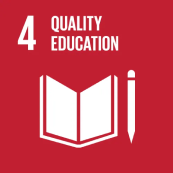

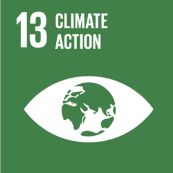


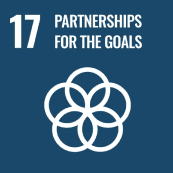



Fill Out The Form And Our Team Will Get Back To You In 24 Hours.